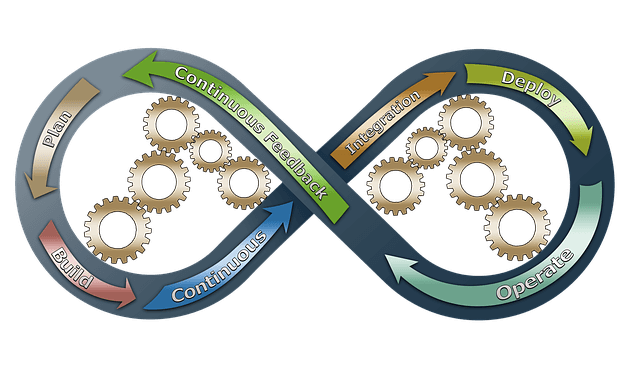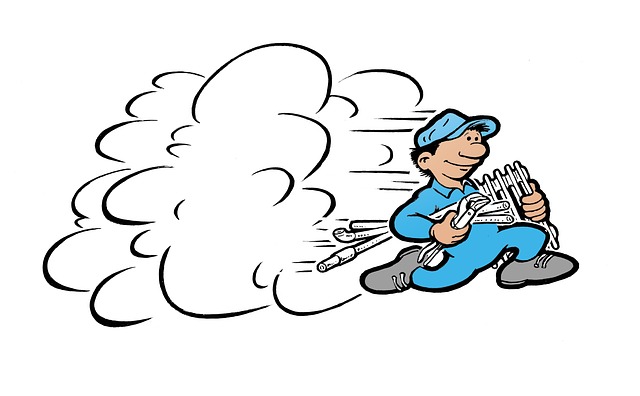
Student’s Guide: How to Start Learning Coding
The technology industry is one of the most important industries in the world. We use technology daily to keep us better connected, yet we know little about how it’s all created. As much as it may seem like magic, it was actually made by coders, programmers, and other computer science geniuses.
In this fast-growing industry, you might be wondering how you can get started and become part of it? It may seem difficult to find your initial bearings, but once you make that leap, it will be life-changing.
Why Learn to Code?
There are many benefits to learning to code, here are a few that we think should spark up an interest;
- It is a booming industry so a lot of related jobs are in demand. Whether you are looking to work for a company or freelance, there are lots of opportunities.
- When coding you’ll find new challenges and be continuously learning. This really boosts your problem-solving and logic skills, giving your left side of the brain a proper workout.
- It’s fun! Nothing is more rewarding than seeing your technological creations come to life before your eyes. After you’ve passed the initial stages of getting started you can delve into specific parts you are more passionate about and be more creative.
What Languages are Best for Beginners?
Coding is a vast subject, where there are hundreds of different coding languages, each with a different purpose to what they can do. It’s not always easy to figure out what’s the best one to start with and that’s really because there is not just one answer. There are multiple different languages that work well in the beginning, but it’s best to start with the one that fits in with your coding goals. Below are some coding languages that beginners often start with and a little summary of how they can be helpful.
- HTML – used as a foundation of the internet, and can set up content for web pages. HTML is a great starting block for beginners and often you’ll find even when you are more advanced you’ll be referring back to HTML.
- CCS – HTML and CSS go as a nice pairing, so often you can learn them together. However, CCS handles the colors, sizing, fonts, and layouts of web pages. If you want to sparkle up a page, this is the one for you.
- JavaScript – JavaScript helps make web pages more interactive. You can learn how to add videos, maps, and animated graphics.
- Python – Python is another good option to start with as a lot of its code reads more like English so it’s easier for beginners to get a good grasp of. It isn’t built for a specific task, it instead helps build websites and software, automate tasks, and conduct data analysis.
Don’t feel that you have to keep to just one of these, you can switch between a few, and in the next section, you’ll learn more about how best to learn these.
Coding Tutors
The best way to learn to code thoroughly and quickly is with your very own coding tutor. In a one-to-one environment, your tutor can focus on key areas specific to your needs, track your progress, and you will be able to learn at your own pace. Tutor House, a top online tutoring platform, provides online coding lessons for students. Their tutors are highly experienced in many coding languages, and you can opt-in for a free trial call to find out how they will help achieve your goals. Learn at a time convenient to you and get personalized feedback to see a positive improvement.
Online Tutorials
If you prefer to go the longer route and be self-taught, there are numerous online coding tutorials and resources out there for you to pick up on. Tutorialspoint is a coding channel that carefully explains concepts to you and provides beginner tutorials for many different languages such as HTML, CCS, and Javascript. Self-teaching can be tricky, so make sure you go through these tutorials and resources at your own pace and practice each point thoroughly before moving on to the next. This will move you in a positive direction where you can track your own progress.
Books and Podcasts

There are many books and podcasts that can help educate you on topics on coding. Books are a great way of learning more about coding history and how people have developed in the tech industry. Podcasts can inform you on current and specific topics on coding; such as cyberwarfare, and the socio-economic impact of artificial intelligence. This will help you have a deeper understanding of your discipline and find interests in particular areas in your free time. It’s especially useful to read about topics that are difficult and it helps you see things from a different perspective.
Mini Projects
Most importantly, learn coding by doing. Start yourself up on a mini project and challenge and see how well you can adapt. Whether that is through your lessons with a tutor, an online course, or learning with friends. Sometimes it’s easier to learn when you have a particular motivation to create. The more action, the better the results, and it builds up your problem-solving skills along the way.
Have You Learned The Secret Language Yet?
Like with traditional language learning, to learn a coding language, you need to be passionate, you need to be patient, and you need to practice. There is so much you can do and learn in the coding world, you’ll never get bored. That’s why often coders, new and old, can learn from each other as each person learns with a whole new perspective. Coding is worthwhile to learn – don’t miss out!




















